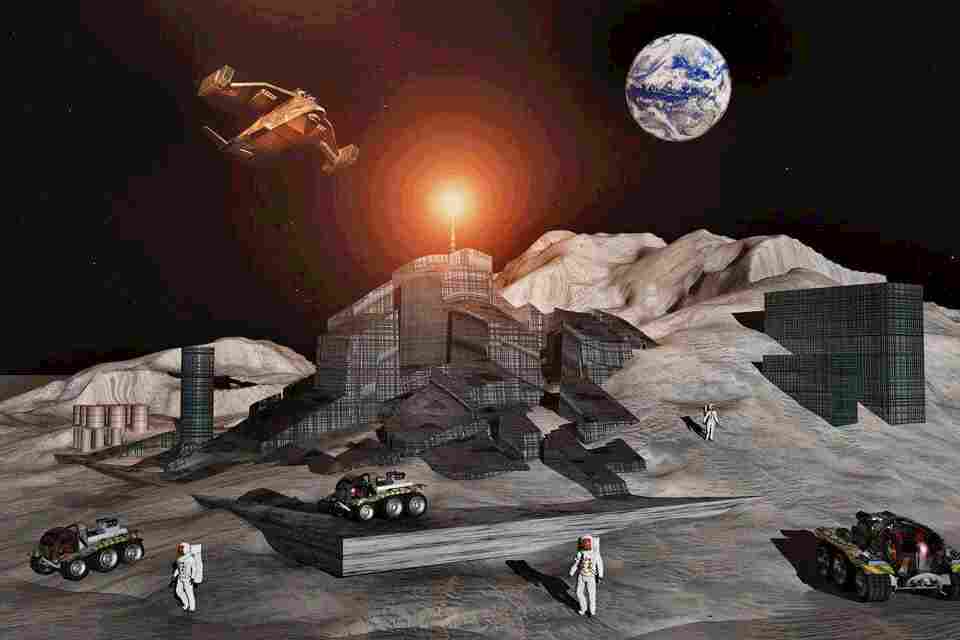Technology
Inside space mining of asteroids ‘worth TRILLIONS’ as large rocks could make us all millionairesTyler BaumTechnology and Science – latest news | The Sun
SPACE mining on nearby asteroids, moons and planets has potential to kickstart efforts to colonize space and bring valuable materials back to Earth. Off-world drilling could reap incalculable benefits for humans on Earth and in space. Harvesting resources from nearby space objects is an outside-the-box solution for scarcity or depletion on Earth. There are barriers

SPACE mining on nearby asteroids, moons and planets has potential to kickstart efforts to colonize space and bring valuable materials back to Earth.
Off-world drilling could reap incalculable benefits for humans on Earth and in space.
Developing a space colony on the Moon could be made easier by sourcing materials from space rather than shipping them from Earth
Harvesting resources from nearby space objects is an outside-the-box solution for scarcity or depletion on Earth.
There are barriers to success and milestones to cross before humans can lug back gold, iron or other useful materials back to Earth from outer space.
The Next Web reported that resources mined in space will probably be used in space rather than trekked back to Earth – a practice called “in-situ resource utilization”.
Humans’ ambitious plans to set up a permanent colony on the Moon, and eventually Mars, will require an immense amount of resources.
Read More in Space
Shipping materials off-world is extremely expensive – sending a kilogram of supplies into the nearest parts of space costs a deceiving $3,645.
Sourcing life-sustaining materials like ice, water or fuel from other celestial bodies could be a crucial cost-cutter and more efficient method for getting the human colonization of space underway.
Consider the ice deposits thought to exist below the surface of the Moon – scientists theorize there is enough frozen water on the Moon to fill Lake Huron, the second largest lake in the United States.
Those could be mined and thawed into water for supporting life in space.
Most read in Tech
Meanwhile, few interstellar payloads have made their way back to Earth – bringing resources mined from space back to Earth faces both economic and technical barriers.
Most launches don’t come back at all and the ones that do have a limited amount of room for space collections.
But the samples that have made it back to Earth continue to help scientists learn new things about the universe and its birth.
Analysis of lunar rocks brought back from the Apollo 11 mission reversed a long-standing theory that the Moon was always cold at the surface.
Read More On The Sun
While it may be pushy to hope for riches to come to Earth from outer space, we can’t ignore the valuables floating in our solar system – it rains diamonds on Saturn and an asteroid with trillions of dollars worth of gold meanders in nearby space.
The forefront of planetary engineering could shift toward retrieving those resources for use on Earth as launches become more regular.
We pay for your stories!
Do you have a story for The US Sun team?
Email us at exclusive@the-sun.com or call 212 416 4552. Like us on Facebook at www.facebook.com/TheSunUS and follow us from our main Twitter account at @TheSunUS
Technology and Science – latest news | The Sun
